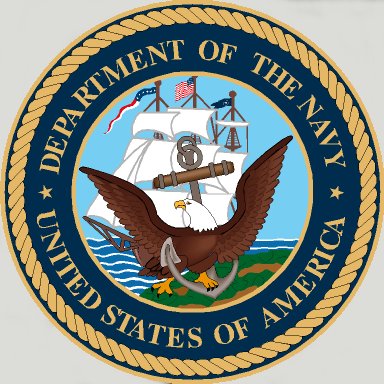NavSource Online:
Identification Numbered Vessel Photo Archive
El Occidente (ID 3307)
Love - Boy - Rush - Mike


El Occidente served both the U. S. Army and the Navy


El Occidente served both the U. S. Army and the Navy
Specifications:
After conversion to an animal transport, El Occidente sailed to Norfolk to load cargo which included 585 horses and mules, sailing for France 17 September 1918. She offloaded her cargo at St. Nazaire and Verdon, and returned to Norfolk 1 November, to load for a second voyage, carrying 1,467 tons of cargo and 800 animals to Verdon between 17 November and 19 December.
Returning to Baltimore for repairs and alterations which included the removal of her armament and the stalls for animal cargo, El Occidente sailed again 15 January 1919 for Bordeaux where she unloaded cargo for the Army of Occupation and embarked 90 passengers for return to the United States. She was decommissioned at New York 18 March 1919, and delivered to the Shipping Board the same day.
| Back To The Main Photo Index | Back to the Identification Numbered Vessel (ID) Photo Index |
| Comments, Suggestions, E-mail Webmaster |
|
This page created by Joseph M. Radigan and maintained by David Wright |